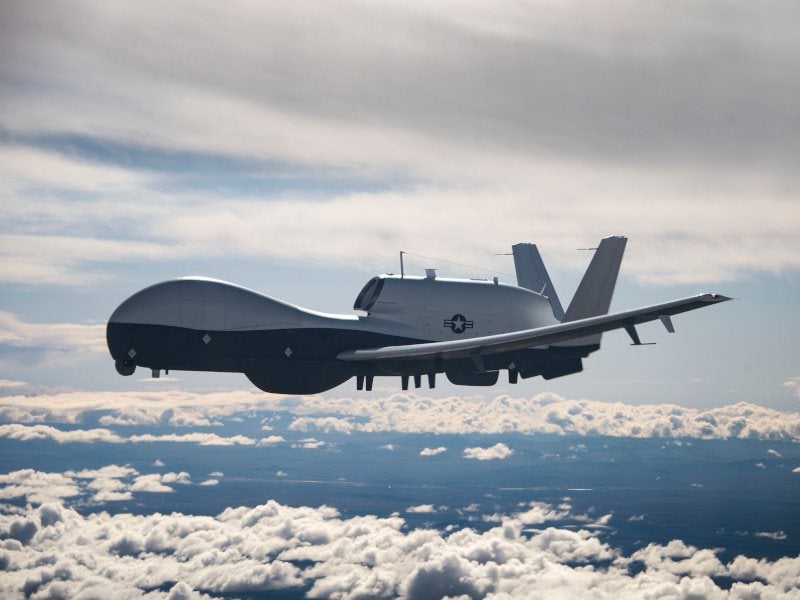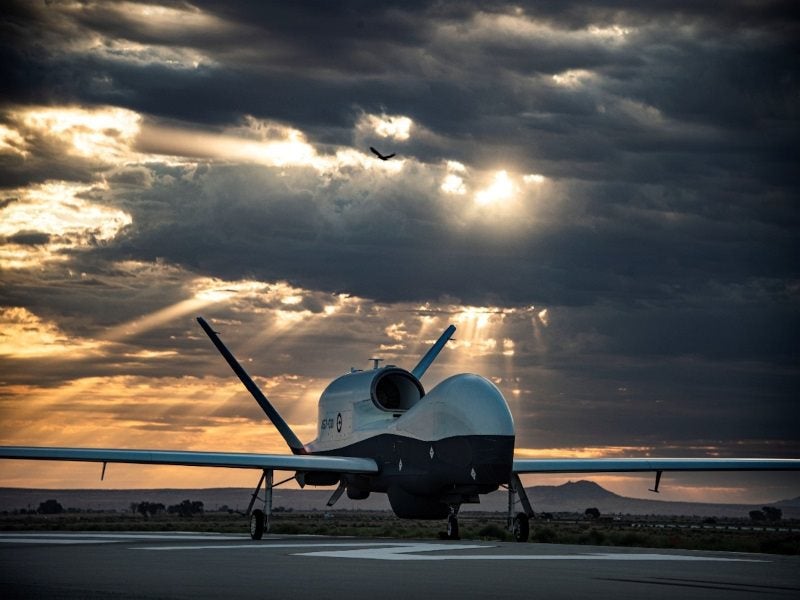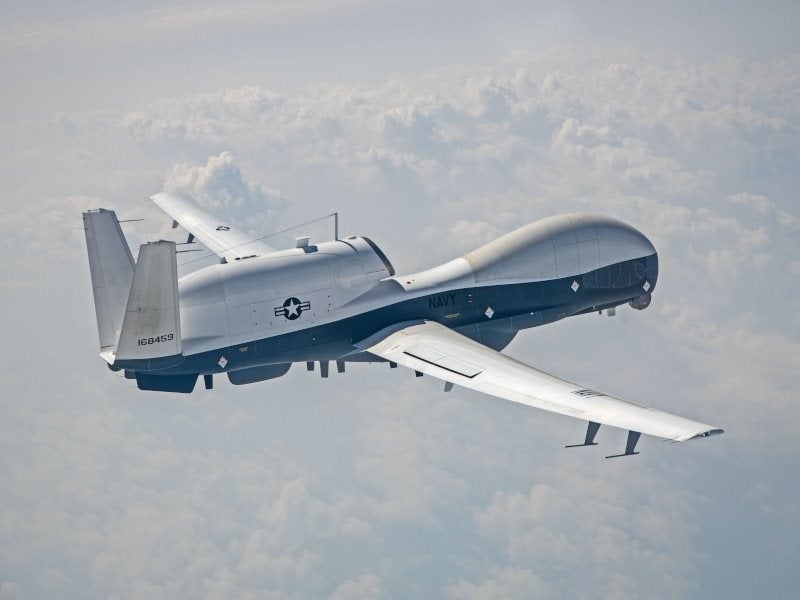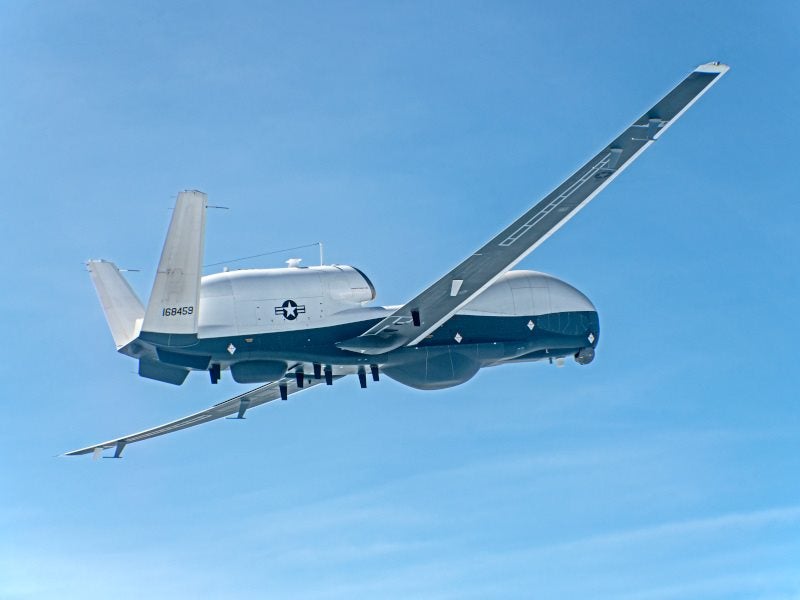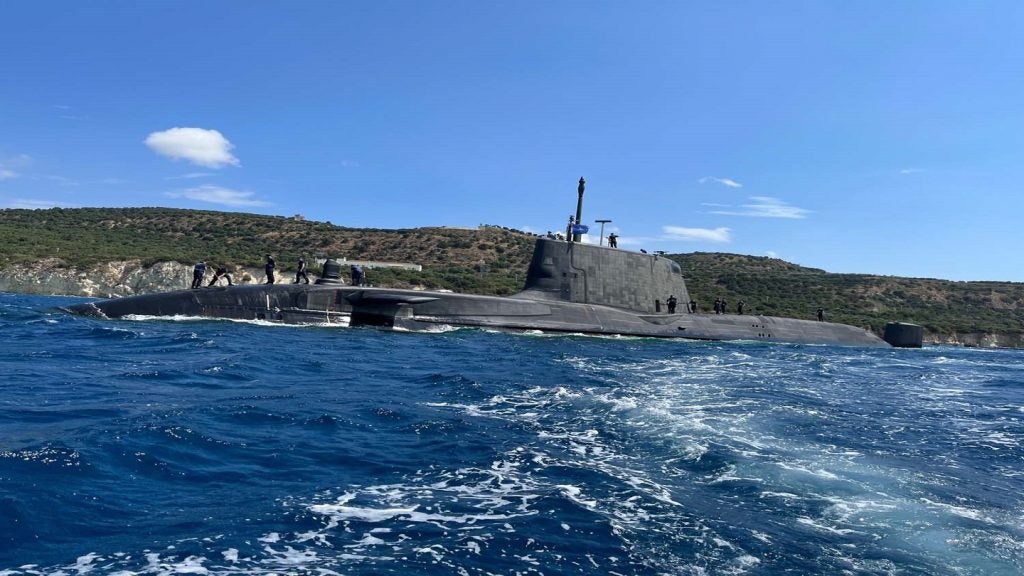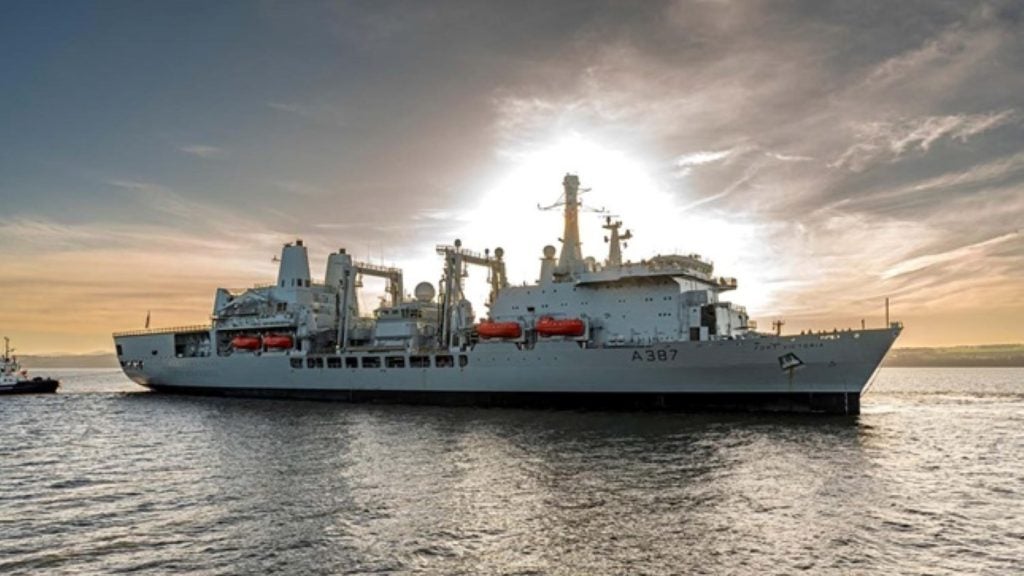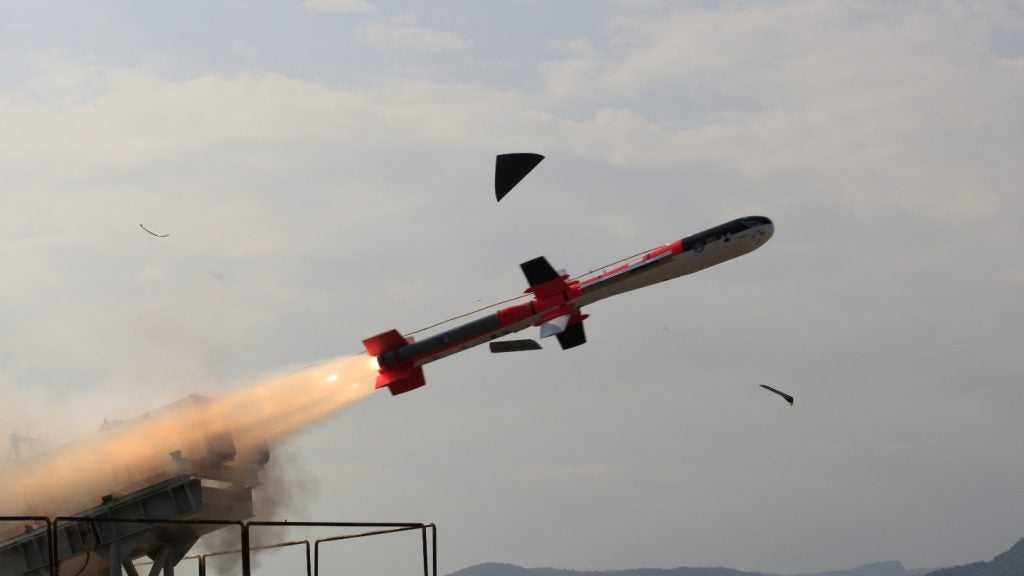MQ-4C Triton is a new broad area maritime surveillance (BAMS) unmanned aircraft system (UAS) developed by Northrop Grumman for the US Navy.
The UAS will complement the navy’s Maritime Patrol and Reconnaissance Force family of systems, delivering signals intelligence, command, control, communications, computers, intelligence, surveillance and reconnaissance, search and rescue, and maritime strike capabilities.
The MQ-4C Triton programme is managed by the Persistent Maritime Unmanned Aircraft Systems Programme Office.
BAMS UAS programme details
The BAMS UAS was acquired under a US Department of Defense Acquisition Category 1D programme and Northrop Grumman was awarded a $1.16bn contract for the MQ-4C BAMS programme in April 2008. The programme saw the completion of a preliminary design review in February 2010 and a critical design review in February 2011.
The first of the three fuselages of MQ-4C was completed in March 2011 and the ground station testing of multifunction active sensor (MFAS) radar was completed in November 2011.
The flight testing of MFAS on the Gulfstream II testbed aircraft began in February 2012. The first MQ-4C Triton was unveiled in June 2012, while the maiden flight for the UAS was conducted in May 2013.
The MQ-4C completed its ninth trial flight in January 2014 and operational assessment in February 2016. The US Navy intends to procure 68 MQ-4C Triton UAS to carry out surveillance missions, along with the manned P-8 Poseidon maritime patrol aircraft.
The US Navy took delivery of the first MQ-4C in 2017.
Two MQ-4C Triton unmanned aircraft systems arrived at Andersen Air Force Base, Guam, in January 2020 for early operational capability test by Unmanned Patrol Squadron (VUP) 19.
The deployment was made to provide military commanders in the Western Pacific greater maritime intelligence, reconnaissance and surveillance (ISR) data for critical decision-making in important regions.
Further, Northrop’s highly upgraded multi-intelligence configuration of MQ-4C Triton, namely integrated functional capability four (IFC-4) or MQ-4C Triton Multi-INT, achieved its first flight in July 2021.
IFC-4 will allow the US Navy to retire the EP-3E Aries, as Triton will take over the intelligence collection tasks currently carried out by the Aries.
The combination of multi-intelligence capabilities, along with Triton’s extended-range sensors and continuous 24-hour operational capacity, will provide an unparalleled level of maritime situational awareness. The enhanced awareness will greatly contribute to real-time decision-making across tactical and strategic levels.
The US Navy received the first IFC-4 Triton known as B8 from Northrop in February 2022.
The fourth MQ-4C Triton was delivered to the US Navy in June 2023. The arrival of the UAS completes the set of aircraft required for VUP 19’s establishment of the first operational orbit.
A total of three operational orbits are planned across the globe to provide 24/7 maritime awareness.
MQ-4C Triton programme partner details
Australia is a cooperative partner in the MQ-4C Triton programme. The Australian Government granted approval to acquire an MQ-4C aircraft for $1bn in June 2018. The government’s decision to provide funding for another three of the planned six MQ-4C Triton UAS was announced in June 2020.
In September 2021, Northrop delivered the Triton Network Integration Test Environment (NITE) to Australia to configure and test the set of Triton network interfaces and systems before the delivery of the aircraft.
Northrop introduced Australia’s first MQ-4C Triton UAS during a ceremony at its high-altitude, long-endurance (HALE) aircraft production site in California in September 2022. The aircraft is expected to be delivered to the Royal Australian Air Force in 2024.
Flight test details
Northrop Grumman’s MQ-4C Triton flying test bed (FTB) demonstrated persistent long-range targeting during the Northern Edge 2023 military training exercise in the Gulf of Alaska in May 2023. The demonstration emphasised Triton’s capability to improve joint, distributed maritime operations and strengthen sea control in challenging environments.
The US Navy is expected to achieve the initial operational capability (IOC) for MQ-4C Triton by the end of 2023.
MQ-4C Triton design features
The MQ-4C Triton is based on the RQ-4N, a maritime variant of the RQ-4B Global Hawk. The main aluminium fuselage is of semi-monocoque construction while the V-tail, engine nacelle and aft fuselage are made of composite materials.
The forward fuselage is strengthened for housing sensors and the radomes are provided with lightning protection, de-icing systems, and hail, gust-load and bird-strike resistance.
The UAS has a length of 14.5m, a height of 4.7m and a wingspan of 39.9m. It can hold a maximum internal payload of 1,452kg and external payload of 1,089kg.
Mission capabilities of MQ-4C Triton BAMS UAS
The MQ-4C is a high-altitude, long-endurance UAS, suitable for conducting continuous sustained operations over an area of interest at long ranges. It relays maritime ISR information directly to the maritime commander.
The UAS can be deployed in a range of missions such as maritime surveillance, battle damage assessment, port surveillance and communication relay. It will also support other units of naval aviation to conduct maritime interdiction, anti-surface warfare, battle-space management, and targeting missions.
The MQ-4C is capable of providing persistent maritime surveillance and reconnaissance coverage of wide oceanographic and littoral zones at a mission radius of 2,000nm. The UAS can fly 24 hours a day, seven days a week with 80% effective time on station.
Payloads of Northrop’s unmanned system
The payload is composed 360-degree field of regard (FOR) sensors including, MFAS electronically steered array radar, electro-optical/infrared sensor, automatic identification system receiver and electronic support measures (ESM). The payload also includes communications relay equipment and Link-16.
The MTS-B multispectral targeting system performs auto-target tracking and produces high-resolution imagery at multiple field-of-views and full-motion video. The AN/ZLQ-1 ESM uses specific emitter identification to track and detect emitters of interest.
Engine and performance of the US’s UAS
MQ-4C Triton is powered by a Rolls-Royce AE3007H turbofan engine. It is an advanced variant of the AE3007 engine in service with the Citation X and the Embraer Regional Jet. The engine generates a thrust of 8,500lb.
The UAS can fly at a maximum altitude of 60,000ft. It has a gross takeoff weight of 14,628kg. Its maximum unrefuelled range is 9,950nm and endurance is 30 hours. The maximum speed is 357mph.
Ground control station
The UAS is operated from ground stations manned by a four-man crew, including an air vehicle operator, a mission commander and two sensor operators.
The ground station includes launch and recovery element (LRE) and a mission control element (MCE).
The MCE performs mission planning, launch and recovery, image processing and communications monitoring.
The LRE controls related ground support equipment as well as landing and take-off operations.

